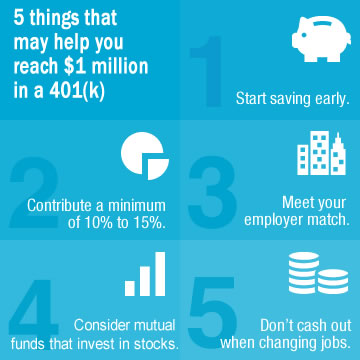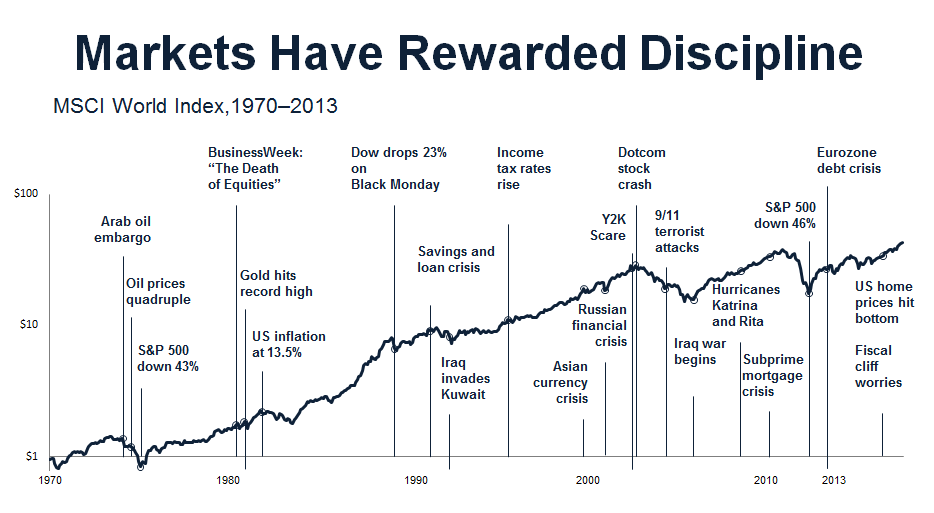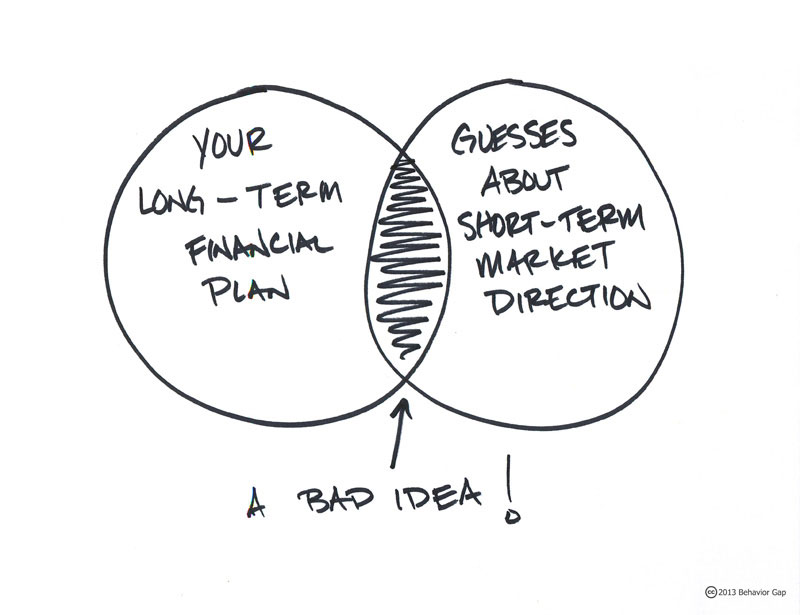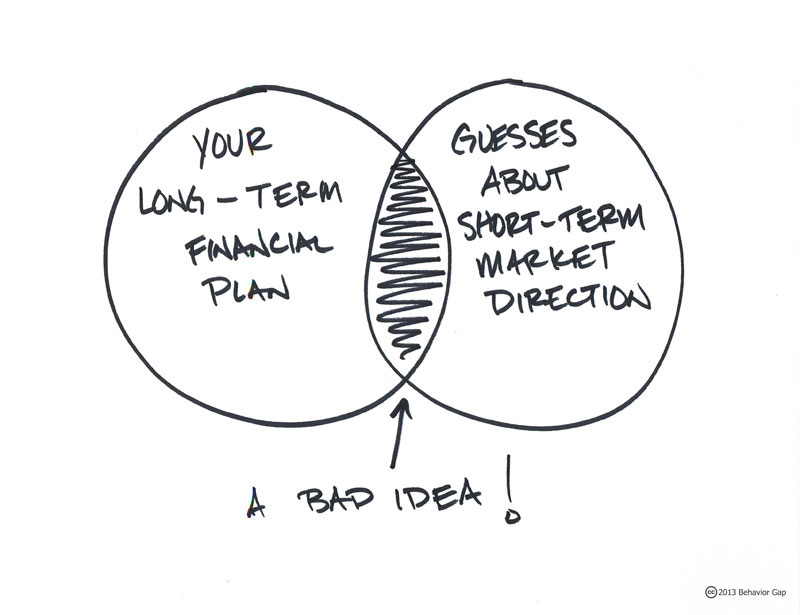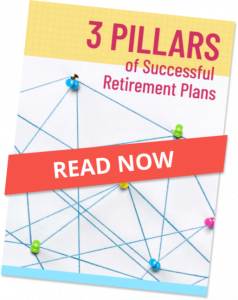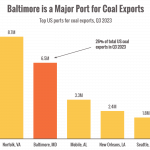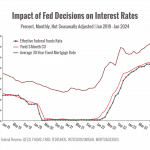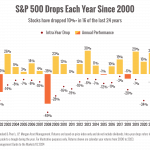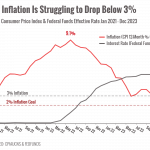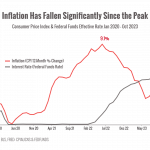Financial Free Lunch?
 Barry Ritholtz lays bare the myth…
Barry Ritholtz lays bare the myth…
Deep down inside, you already know this: There ain’t no such thing as a free lunch, financially or otherwise.
Of so many free lunches, this is the hard truth:
- You are not going to win the lottery.
- Hot stock tips are worthless (the only exceptions are those especially costly tips that will get you sent to federal prison).
- You are not going to buy an iPad from one of those deal sites for $3.
- No, you are not likely to buy in early to the next Apple or Netflix, and if you do, you are unlikely to hold it long enough.
- No, you are not going to make $10,000 gambling at fantasy sports.
- You (or your kid) are not going to be the next Michael Jordan or Adele.
- The odds are radically against you finding the mutual fund manager or stock broker who is going to make you fabulously rich.
- Indeed, the odds are against you stock picking, market timing or investing in a venture fund, private equity fund or hedge fund that, over the long haul, is going to outperform a simple index fund.
Source: BR











